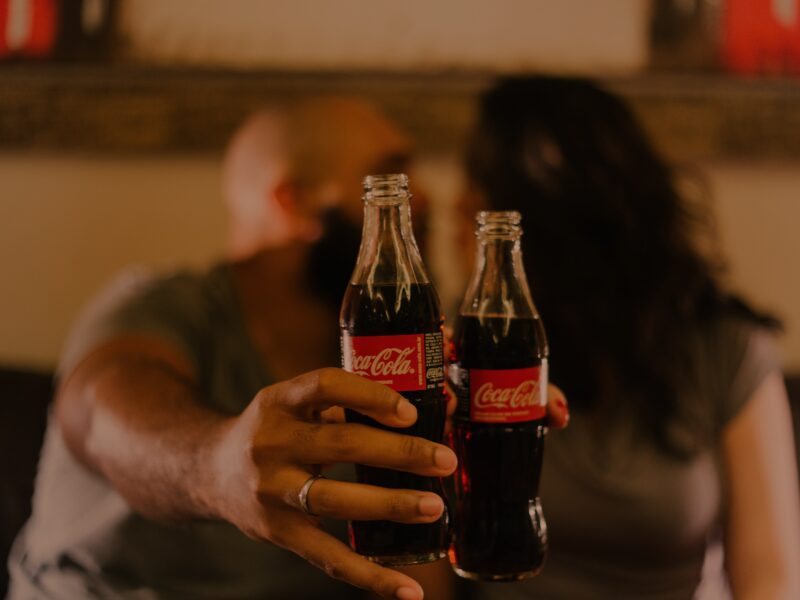
Soft drinks have become an integral part of our daily lives, offering a refreshing and fizzy experience. Behind the scenes, there is a complex manufacturing process that ensures the production of safe and high-quality beverages. In this article, we will explore the basic steps involved in manufacturing soft drinks and the importance of maintaining hygiene and quality throughout the process.
Soft Drink Processing Steps:
Soft drink production involves several key steps to ensure the desired taste, consistency, and safety of the beverages. Let’s delve into each step:
- Sugar Syrup Clarification:
The first step in soft drink manufacturing is the preparation of the sugar syrup. The syrup is a mixture of water, sugar, flavorings, and essences. To remove particles and crystals, the syrup undergoes a clarification process. This step ensures the clarity and purity of the syrup, contributing to the overall quality of the final product. - Water Microbial Stabilization:
Water is a significant component of soft drinks and needs to be safe and free from contaminants. Prefiltration plays a crucial role in the process by protecting the final filter and reducing initial bioburden. Final filtration is performed to remove microorganisms such as bacteria, mold, yeast, and protozoa, ensuring the production of contaminant-free water for soft drink manufacturing. - Carbonation:
Carbonation gives soft drinks their characteristic fizziness. This step involves adding carbon dioxide (CO2) to the beverage. The CO2 used for carbonation must be free of particles and microorganisms to maintain product quality and safety. - Bottle Blower and Bottle Washer:
In the bottling process, PET bottles are used for packaging soft drinks. The air used in the bottle blower must be filtered to ensure a low bioburden, producing bottles free from contaminants. Additionally, the water used for rinsing the bottles should undergo filtration to maintain the quality of the bottles before filling. - Bottle Filler:
During the filling process, gas filtration can be employed for carbonated drinks. This ensures that the filler bowl remains pressurized with clean gas, allowing efficient and contamination-free filling. Proper gas filtration is essential to maintain the carbonation level and overall quality of the carbonated soft drinks.
Conclusion:
Manufacturing soft drinks involves a series of crucial steps to ensure the production of safe, refreshing, and high-quality beverages. From sugar syrup clarification to water microbial stabilization, carbonation, and bottle processing, each step plays a significant role in maintaining hygiene and quality throughout the manufacturing process. By adhering to these manufacturing basics and utilizing appropriate tools and technologies, soft drink producers can enhance their processes and deliver beverages that meet consumer expectations.
Note: This article is provided as an example and should be reviewed and adapted as per the requirements of MAlshammry.com, including proper formatting and integration with the website’s design and content structure.
